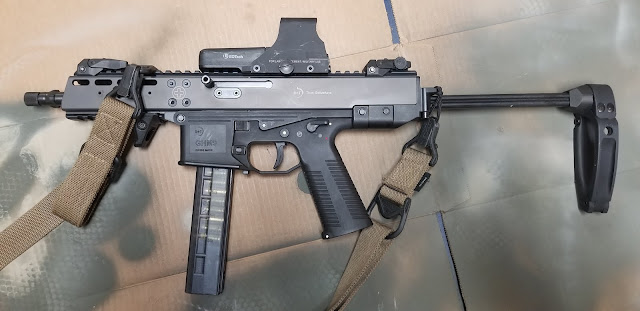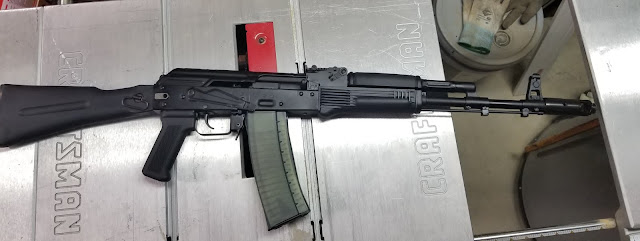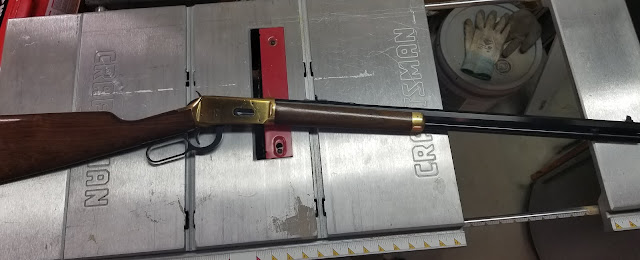The B&T GHM9

Introduction: The Brügger & Thomet (B&T) GHM9 is a pistol caliber carbine chambered in 9x19. The GHM9 was designed a built for the civilian market, (likely to compete with the CZ Scorpion, more on that later) but shares many features with the B&T APC9 that just recently was adopted as a PDW for the US Army. B&T is known for its high-quality Swiss firearms as well as being an importer/distributor of tactical accessories and clothing. The GHM9 is widely seen in a pistol format, typically with a pistol brace instead of a stock, in order to make the firearm more easily accessible on the US market without the need for a tax stamp. Technical Details: The GHM9 functions via a simple blowback system. This means that there is no locking mechanism when the bolt is closed. All of the pressure from firing is contained through both the weight of the bolt and the springs behind it. This bolt/spring weight is calculated in such a way that the action opens at a safe pr...



